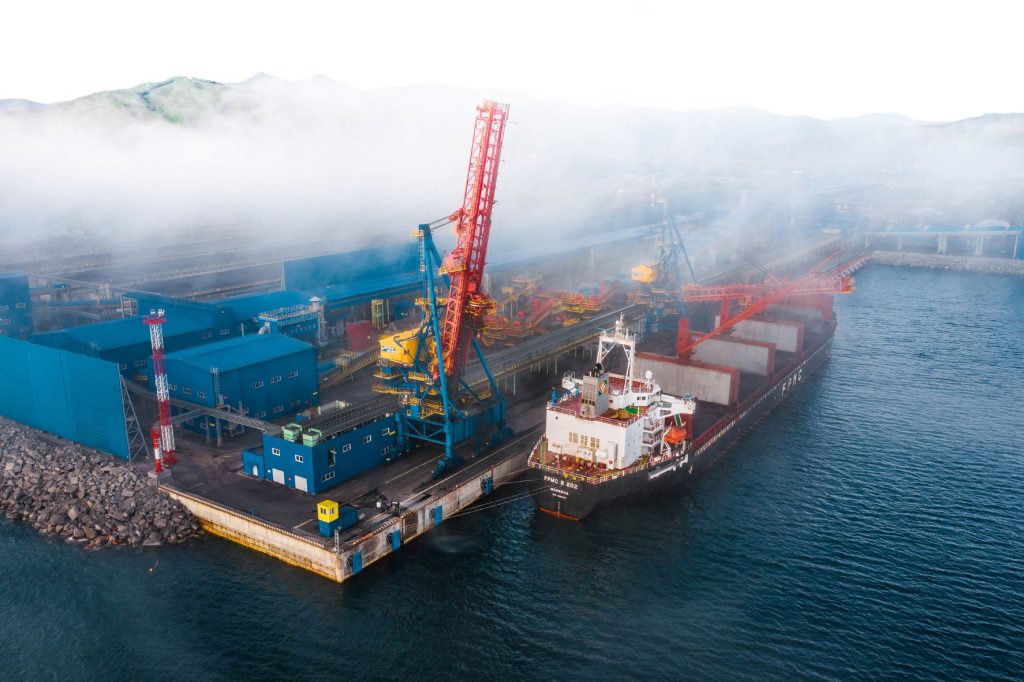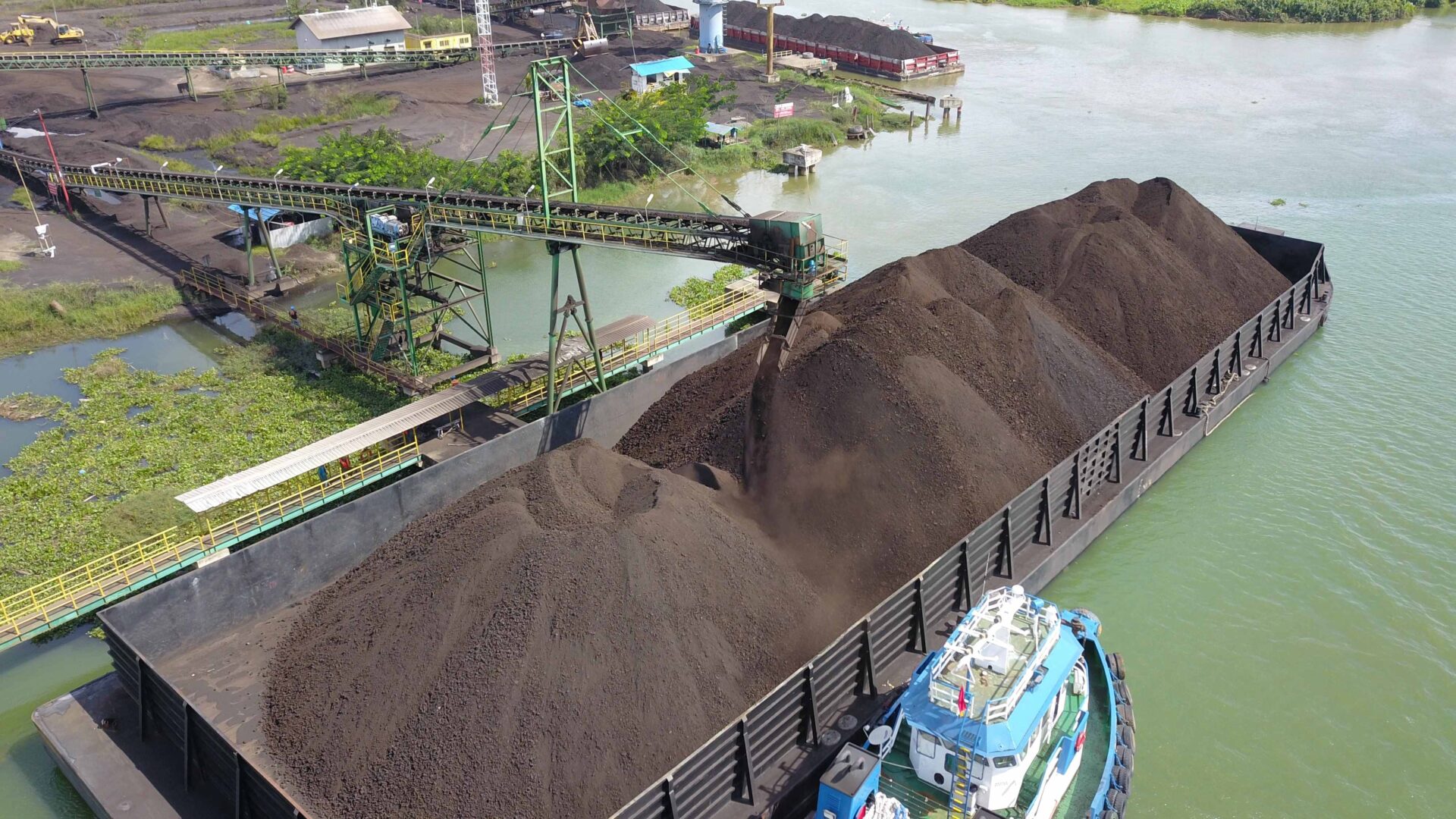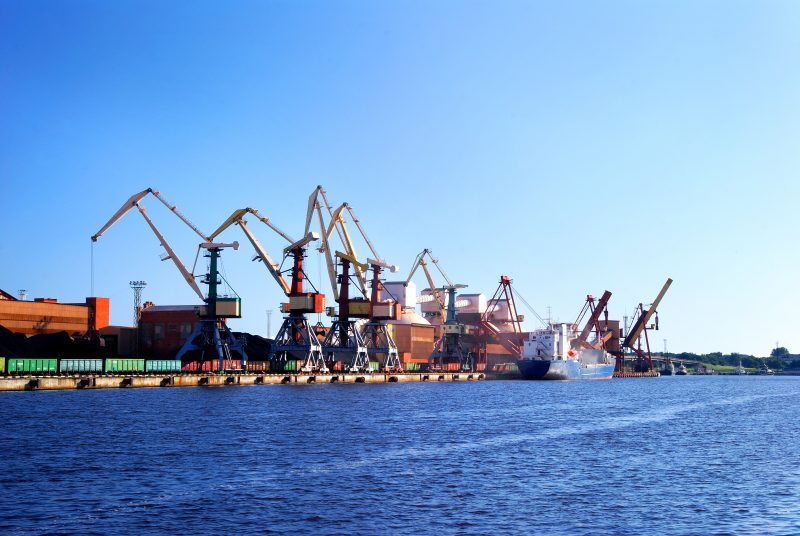

Last week the European thermal coal market showed the strengthening of quotations above 305 USD/t, driven by news on damage to the Nord Stream-1 and Nord Stream-2 pipelines, as a result of alleged sabotage. Coal and gas prices were further boosted by Gazprom’s statements about possible Russian sanctions against Ukraine’s Naftogaz, that could result in termination of gas supplies to Europe via Ukraine.
South African High-CV 6,000 coal indices stood at 270 USD/t, following improved loading operations on the Transnet rail line to the RBCT terminal. In September, rail shipments amounted to 1.5 mio t/week versus 1.0-1.1 mio t/week in H1 2022.
In China, spot prices for 5,500 NAR at the port of Qinhuangdao climbed by 4 USD/t to 214 USD/t. The Chinese market continues to experience a growth in quotes on concerns over reduced domestic supply resulting from the start of maintenance of the Daqin railway line and active coal consumption caused by hot weather in a number of provinces of the country.
The National Development and Reform Commission of China (NDRC) stated on September 28, 2022, that prices of Chinese domestic coal and electricity remain within an acceptable range and at a stable level, even though they have jumped by almost 30% since the beginning of September. This rhetoric suggests a low probability that the government will intervene in the spot market in the near future.
Indonesian 5,900 GAR surged to 195 USD/t, supported by lower supply due to ongoing heavy rains in Kalimantan as well as strong demand from China, India and European countries.
High-CV Australian 6,000 prices plunged below 420 USD/t on the back of the reduction in vessels queue and a 26% increase in shipments to 7.6 mio t, bringing weekly supplies above the 52 weeks average (7.1 mio t).
Australian metallurgical coal indexes strengthened above 270 USD/t on expectations of worsening supply ahead of Australia’s rainy season and a possible strike at BHP’s Australian coal mines.
Source: CAA













